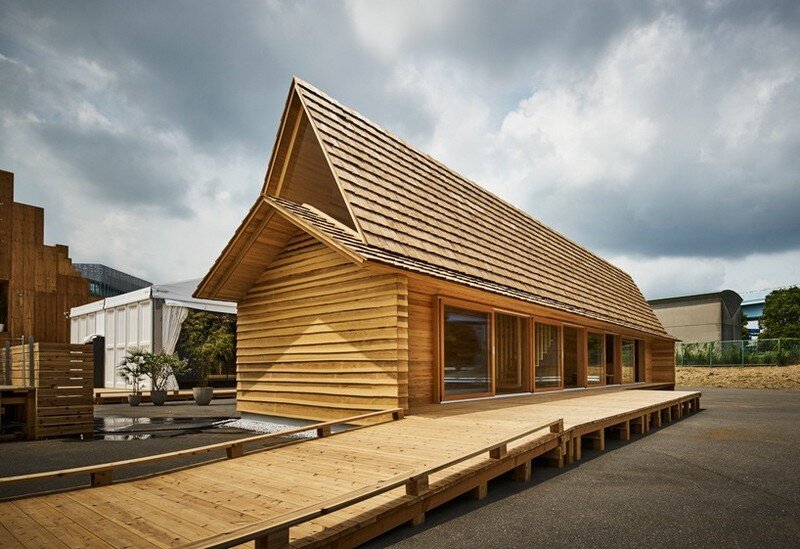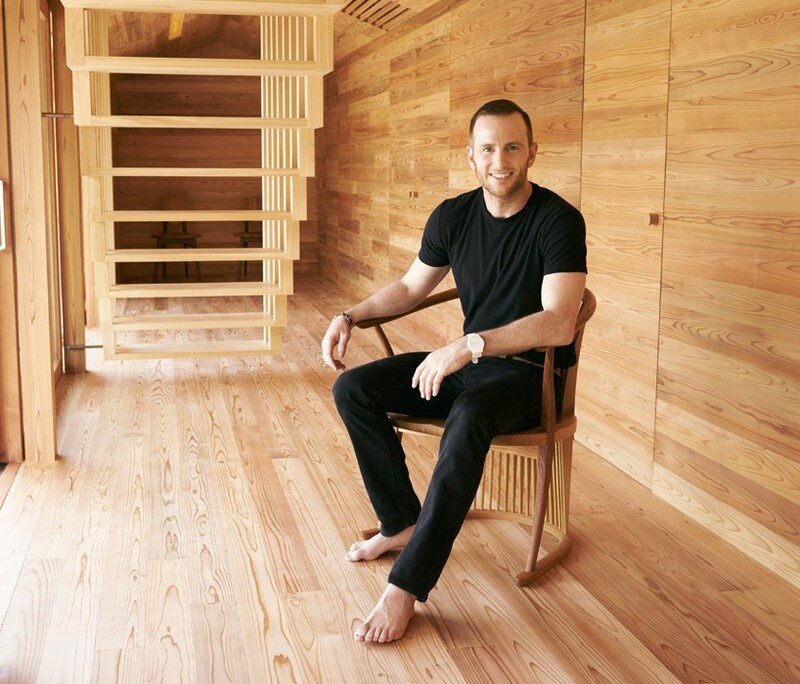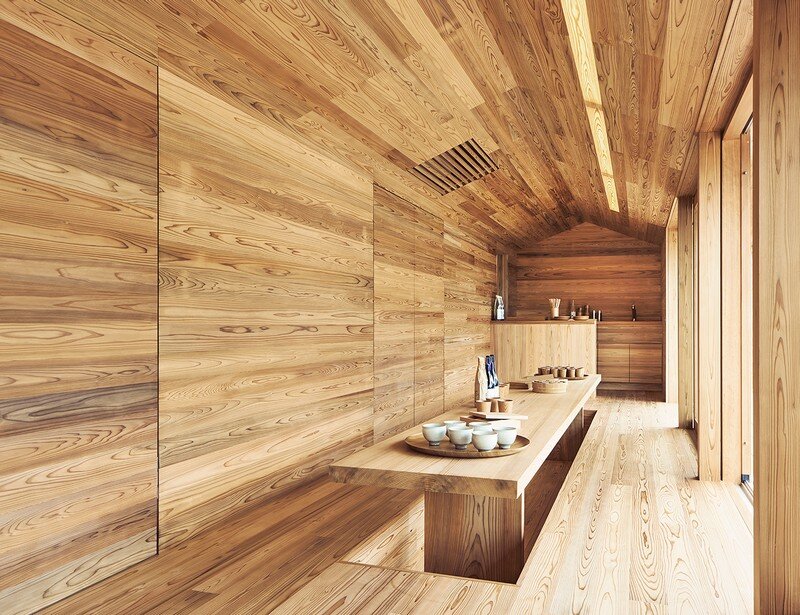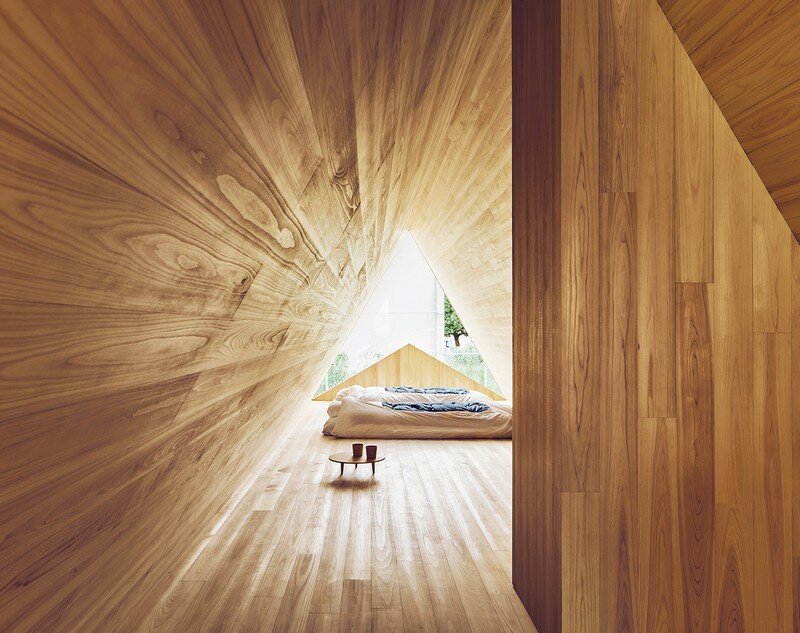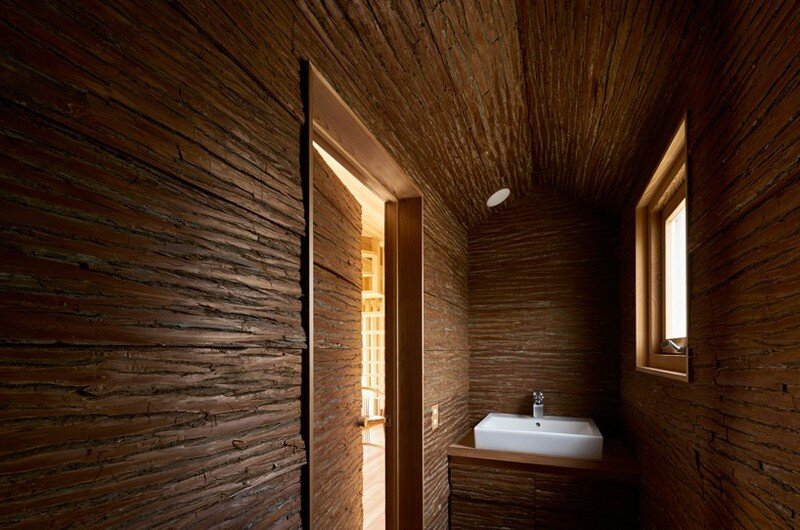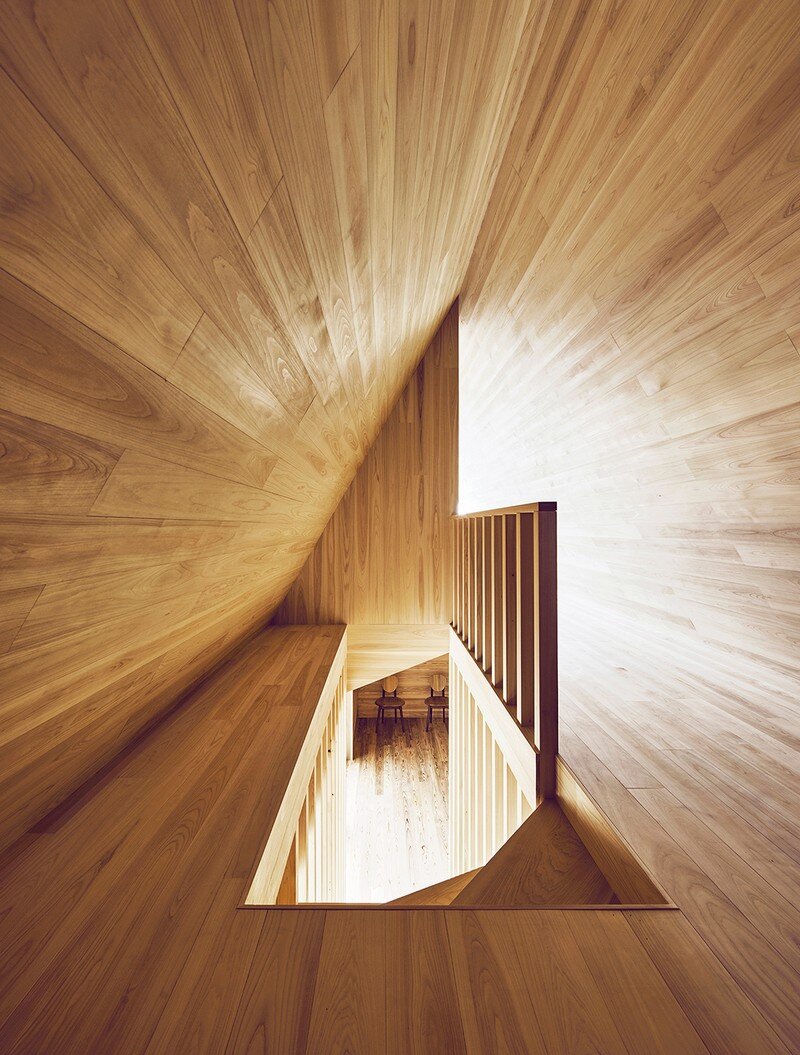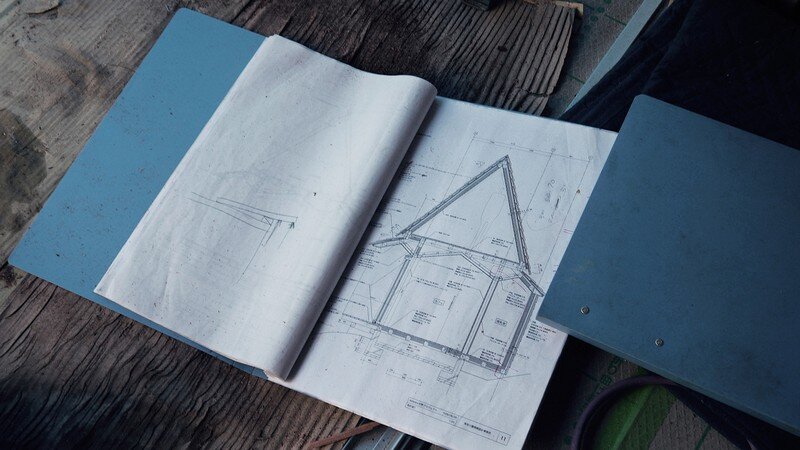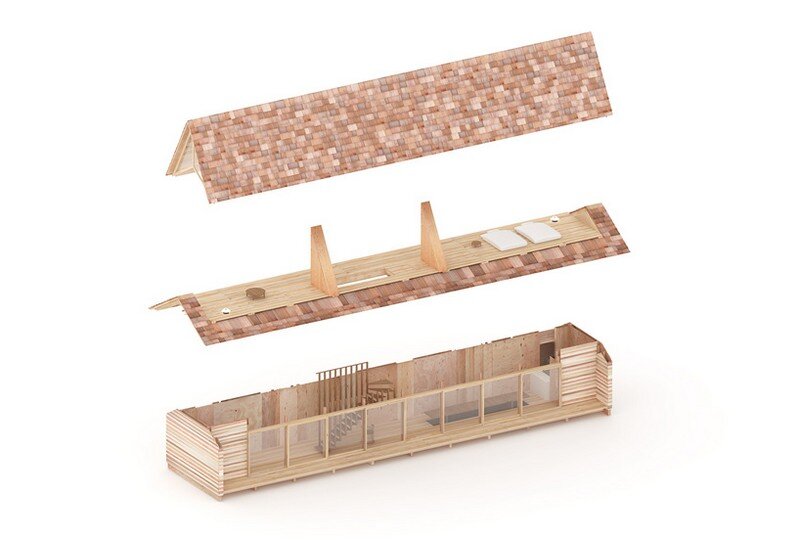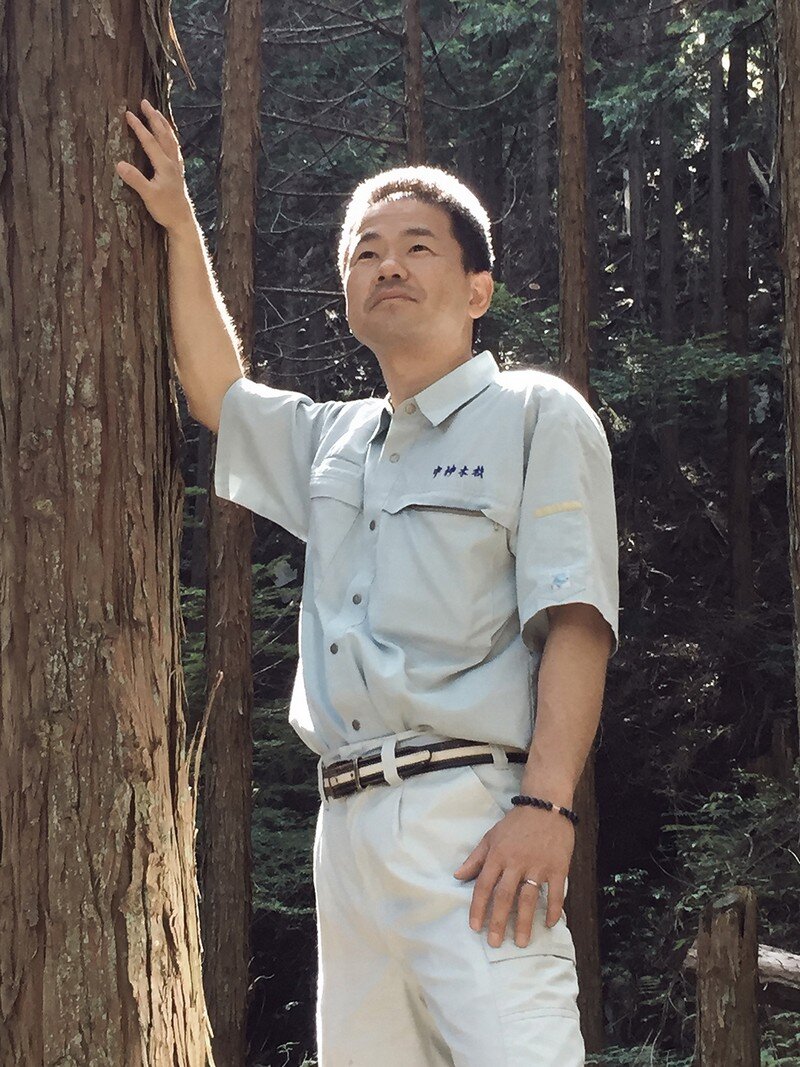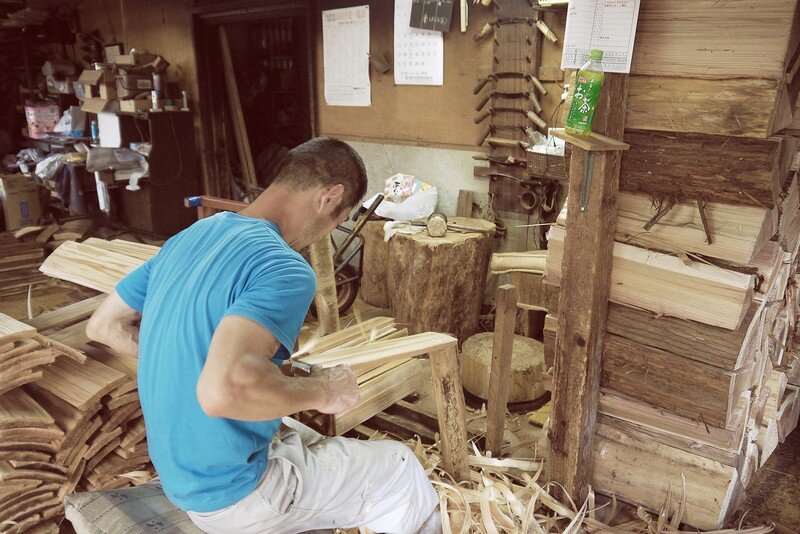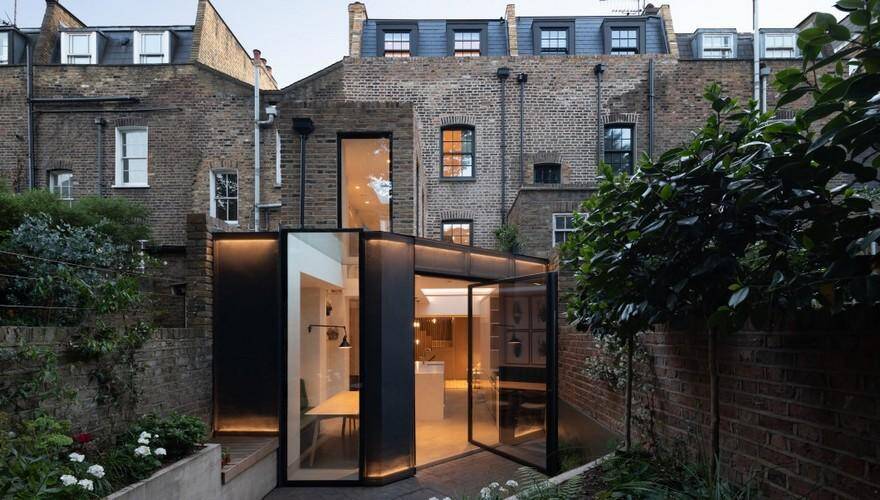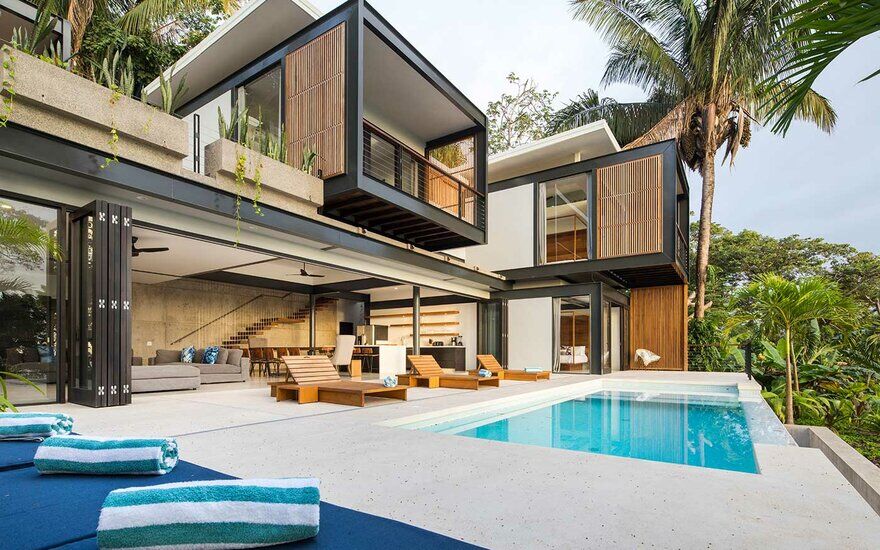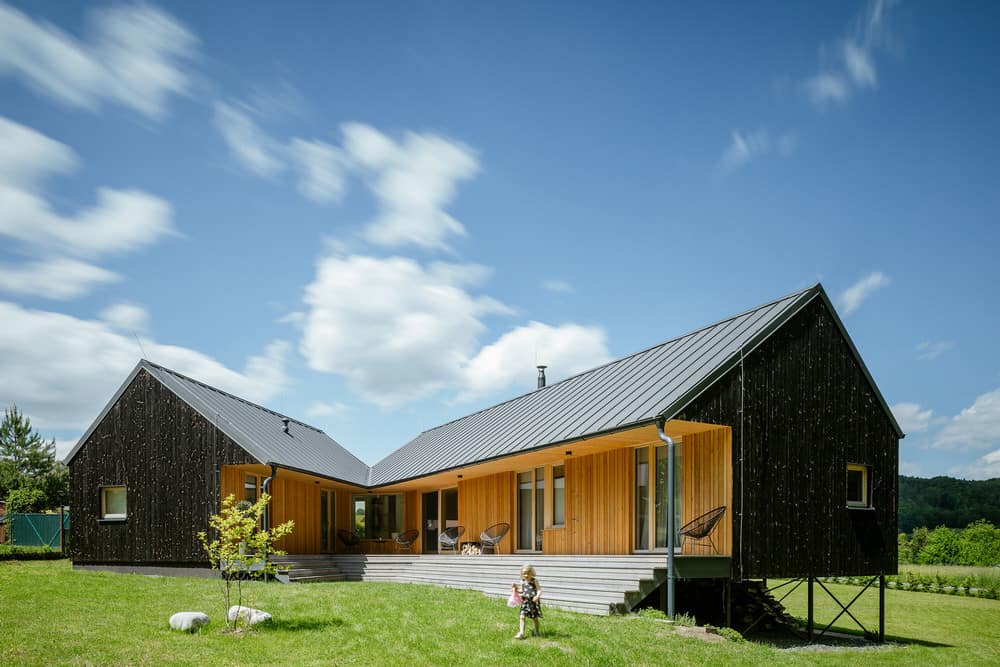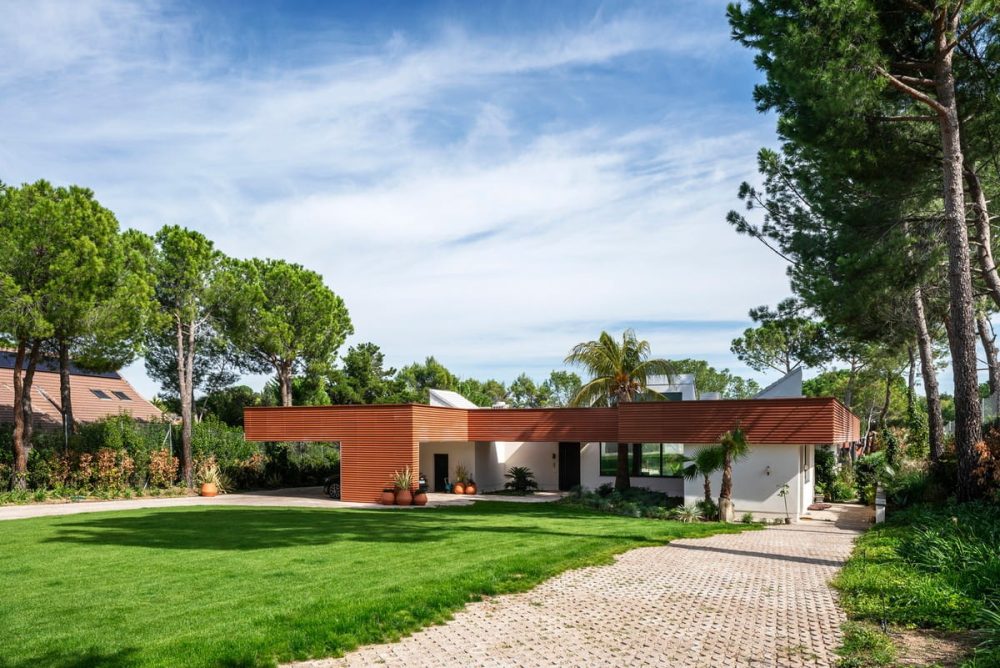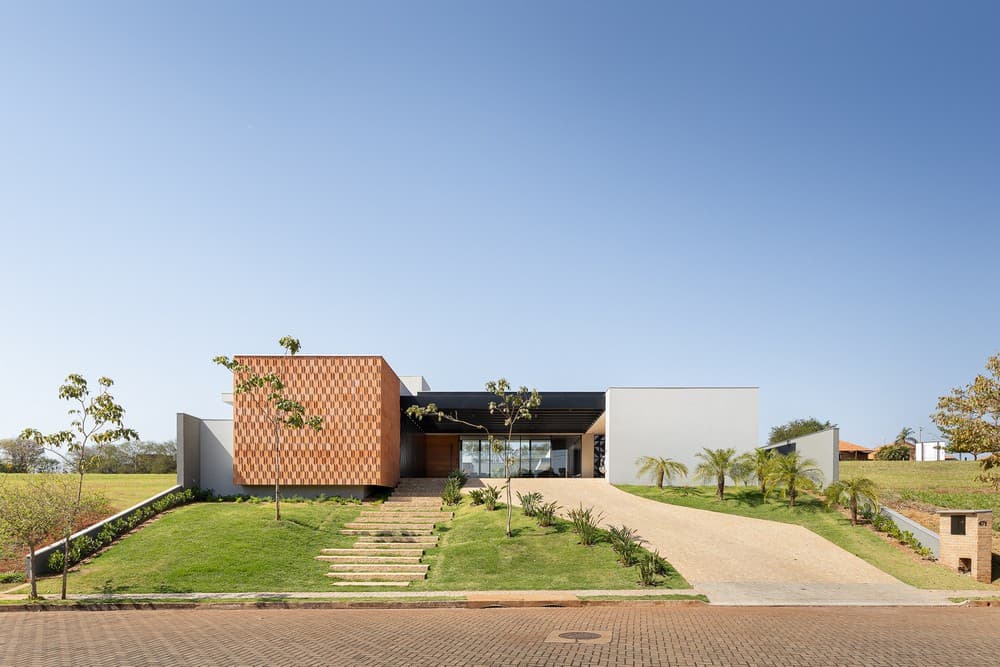Project: Yoshino Cedar House for House Vision
Architect: Go Hasegawa
Designer: Samara / Airbnb
Location: Tokyo, Japan
Photo Credits: Edward Caruso
Leading the world in community-driven hospitality business, Airbnb is creating a new narrative with Nara Prefecture’s Yoshino town through House Vision.
The Yoshino Cedar House was conceived as part of Kenya Hara’s House Vision exhibition in Tokyo, Japan. Co-created with Tokyo-based architect Go Hasegawa, the house explores how architecture can promote new relationships between hosts and guests beyond existing notions of domesticity and ownership.
The house is designed for the rural village of Yoshino and its community. In all stages of the process, Samara looked beyond a traditional model of home sharing, keeping in mind an entire community rather than an individual host.
Aging populations and urbanization have diminished Japan’s rural villages, many of which face financial hardship and the abandonment of traditions. Most responses suggest either abusing natural resources or depend entirely on urban populations to innovate a way out of the impending recession.
Samara proposes community as a solution. The Yoshino Cedar House was designed to be shared and experienced by traveling guests and the Yoshino community alike. Guests will be able to book the Yoshino Cedar House through Airbnb. There, they’ll live with the locals who support the residence. The proceeds of each booking will go towards the community of Yoshino.
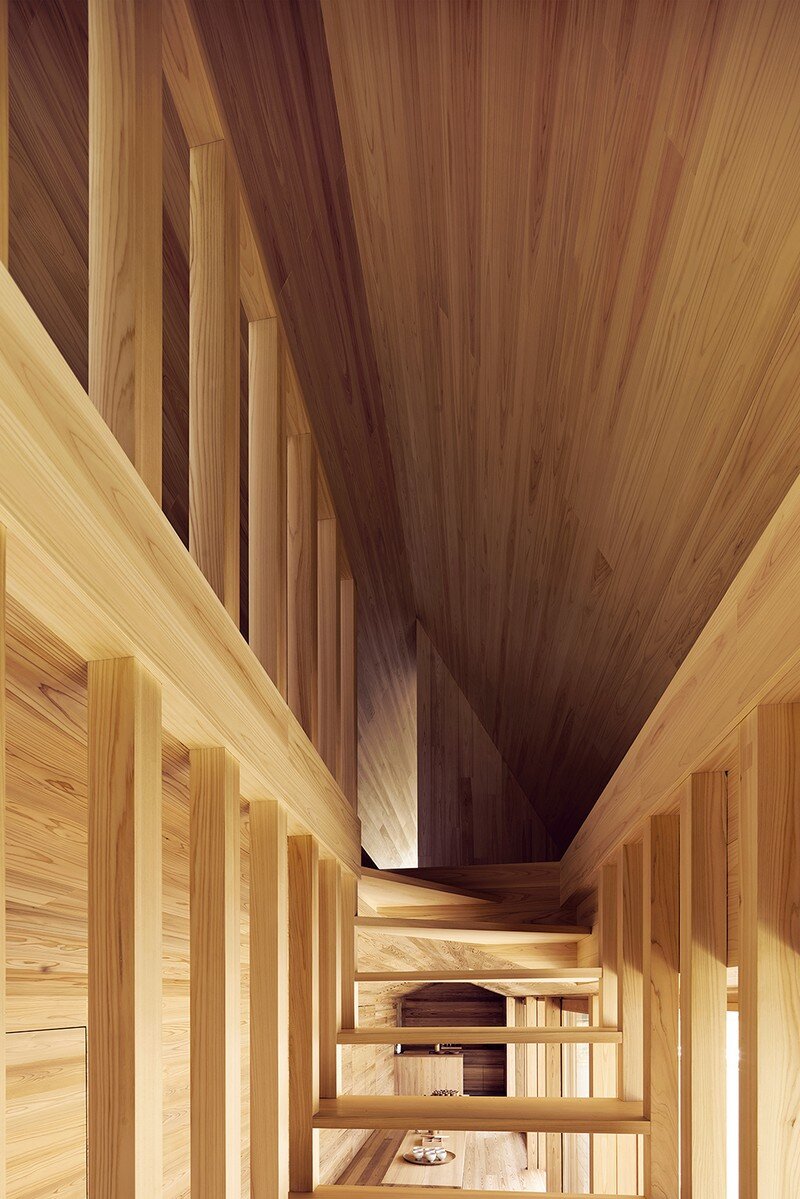
The first floor of this house is opened up to the townspeople as a community space—for free use. Mothers can let children play while enjoying a chat, and the elderly can stop by on their walk for a cup of tea. The gable-roofed loft on the second floor is space provided for accommodating outside guests.
The Yoshino Cedar House aims to prove that the house is more than a physical space. It speaks a simple truth that we all understand: human beings seek community.

